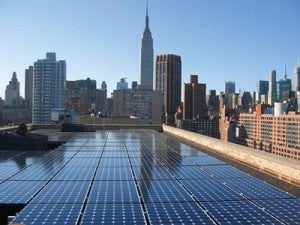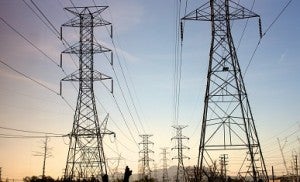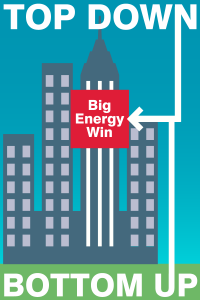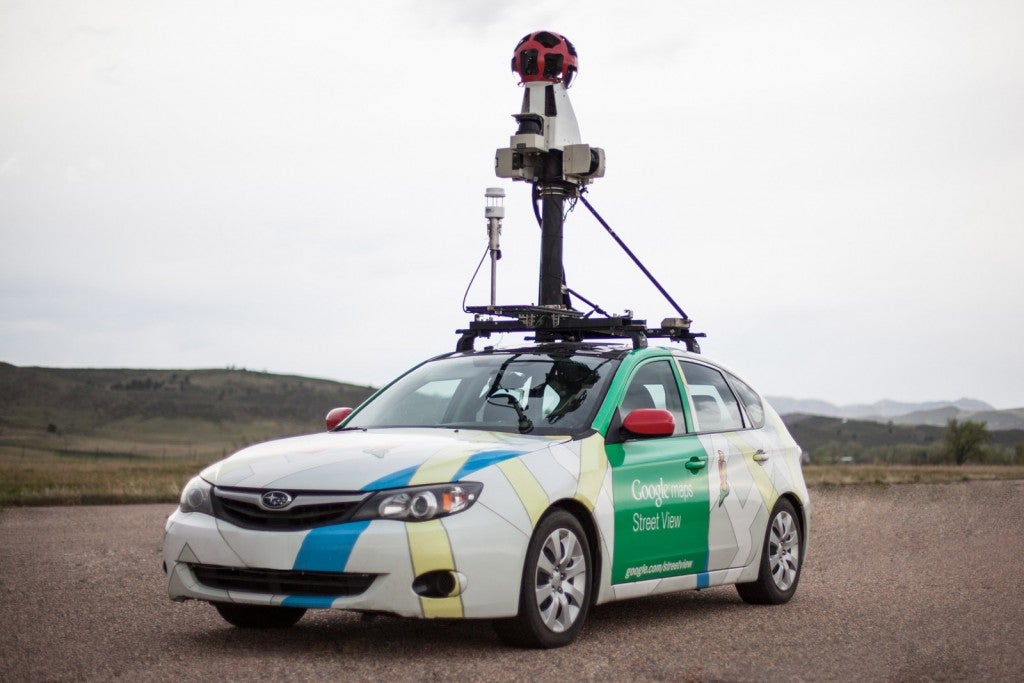 New York is preparing for a future in which clean, distributed energy resources – such as energy efficiency, electric vehicles, rooftop solar panels, and other types of local, on-site power generation – form an integral part of a more decentralized electric grid. This is the future the New York Public Service Commission (PSC) wants to see realized through its signature initiative, Reforming the Energy Vision (REV).
New York is preparing for a future in which clean, distributed energy resources – such as energy efficiency, electric vehicles, rooftop solar panels, and other types of local, on-site power generation – form an integral part of a more decentralized electric grid. This is the future the New York Public Service Commission (PSC) wants to see realized through its signature initiative, Reforming the Energy Vision (REV).
This vision means the role of the customer is changing: from recipient to both user and provider of electricity and other grid services. By investing in clean, distributed energy resources, customers can make the electric system more efficient and contribute to a cleaner environment, while gaining greater control over their energy bills. Read More










 On vacation and awake in my too-soft bed at 5 AM while my family snored, I was regretting my misaligned sleep schedule. But then I realized time was on my side, so I tiptoed out in solitude for sunrise at the south rim of the Grand Canyon. Thanks to my very clever smart phone that is also a camera, my amateur photos (sort of) reveal the majesty of this national landmark. When we realize the schedule of Nature’s
On vacation and awake in my too-soft bed at 5 AM while my family snored, I was regretting my misaligned sleep schedule. But then I realized time was on my side, so I tiptoed out in solitude for sunrise at the south rim of the Grand Canyon. Thanks to my very clever smart phone that is also a camera, my amateur photos (sort of) reveal the majesty of this national landmark. When we realize the schedule of Nature’s  California has a nice problem: It’s producing so much clean solar energy that the state’s electric grid is at capacity, and sometimes beyond.
California has a nice problem: It’s producing so much clean solar energy that the state’s electric grid is at capacity, and sometimes beyond. What do Farmington, NM, Oklahoma City, Lakewood, CO and Dickinson, ND have in common? These cities are in the heart of oil and gas country, and – most importantly – were locations in which the BLM heard overwhelming support for strong efforts to reduce wasteful venting, flaring and leaks from the oil and gas industry at a series of public meetings in recent weeks.
What do Farmington, NM, Oklahoma City, Lakewood, CO and Dickinson, ND have in common? These cities are in the heart of oil and gas country, and – most importantly – were locations in which the BLM heard overwhelming support for strong efforts to reduce wasteful venting, flaring and leaks from the oil and gas industry at a series of public meetings in recent weeks. Companies today employ a wide array of energy reduction strategies, including energy efficiency, renewable energy, and the utilization of data management systems. But how can companies simultaneously improve these distinct facets of energy management and ultimately scale them? Increasingly, companies that show excellence in comprehensive, strategic energy management are able to employ both top-down and bottom-up management approaches, and infuse data into all levels of their work. This approach to driving progress has proven successful in many corporate energy management programs and is responsible for an increasing number of gains in the space over the last few years.
Companies today employ a wide array of energy reduction strategies, including energy efficiency, renewable energy, and the utilization of data management systems. But how can companies simultaneously improve these distinct facets of energy management and ultimately scale them? Increasingly, companies that show excellence in comprehensive, strategic energy management are able to employ both top-down and bottom-up management approaches, and infuse data into all levels of their work. This approach to driving progress has proven successful in many corporate energy management programs and is responsible for an increasing number of gains in the space over the last few years.